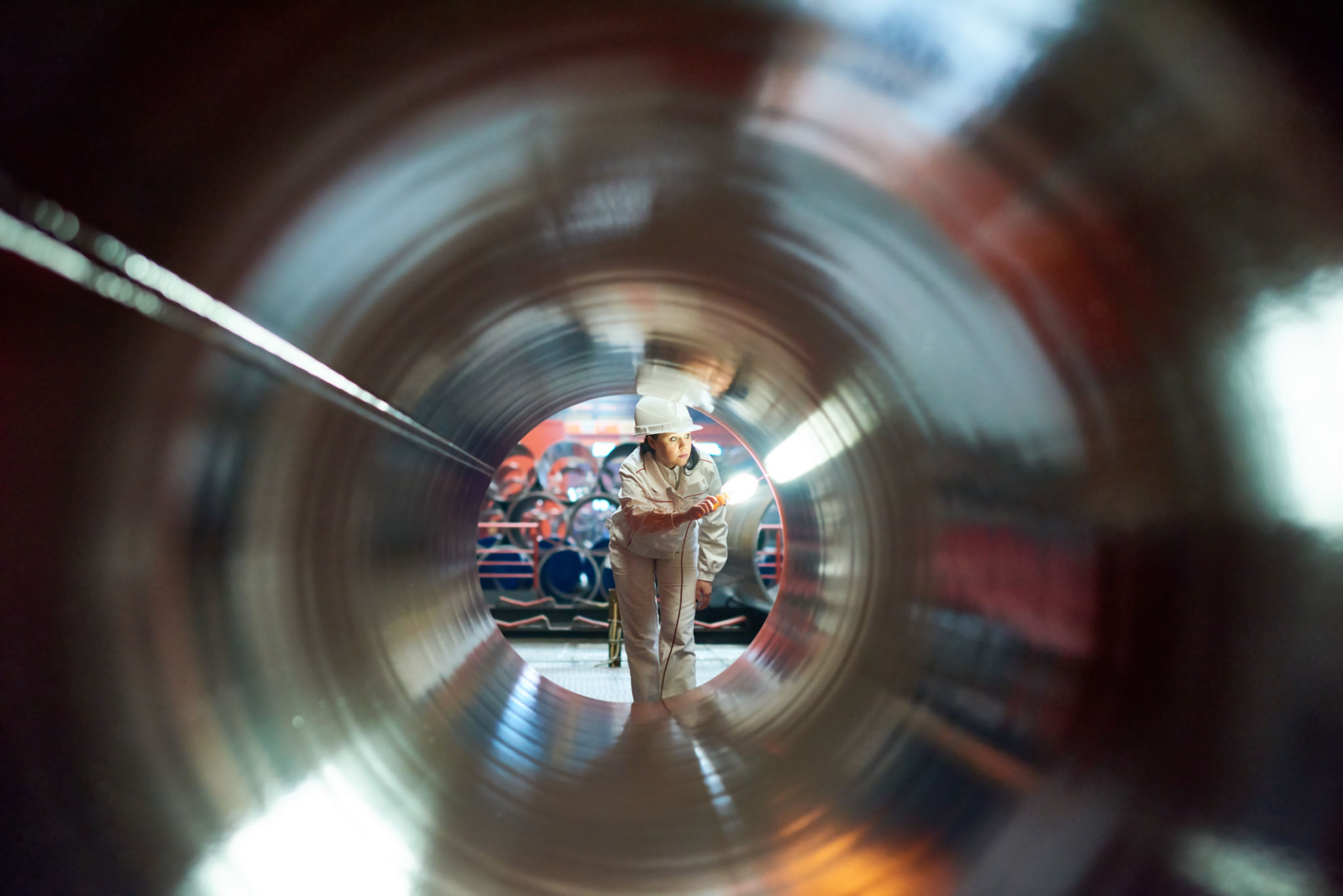Common Misconceptions About Metal Casting: Debunked
Introduction to Metal Casting Misconceptions
Metal casting is an ancient yet continually evolving process used in manufacturing. Despite its long history, there are numerous misconceptions that persist about this craft. These myths can lead to misunderstandings about the capabilities, advantages, and costs of metal casting. In this post, we aim to debunk some of the most common misconceptions surrounding metal casting.

Misconception 1: Metal Casting Is Outdated
Many believe that metal casting is an antiquated technique, primarily replaced by modern manufacturing methods. While it's true that metal casting is one of the oldest processes, its evolution has not stagnated. Today, metal casting incorporates cutting-edge technology such as 3D printing and computer simulations to optimize designs and improve precision.
Modern advancements have made metal casting more efficient and versatile than ever before. Industries from automotive to aerospace continue to rely on casting for complex and high-performance components.
Misconception 2: All Cast Metals Are the Same
Another common myth is that all metals produced via casting processes are identical in properties and performance. In reality, there are numerous types of casting methods, such as sand casting, die casting, and investment casting, each tailored to produce specific properties in the metal.
The choice of method depends on factors like the desired strength, weight, and thermal properties of the final product. Understanding these differences is crucial for selecting the right casting process for your application.

Misconception 3: Casting Is Too Costly
Many assume that metal casting is prohibitively expensive compared to other manufacturing methods. While initial tooling costs can be higher, especially for complex designs, the overall cost-effectiveness of casting becomes evident in large production runs. This is due to economies of scale and the ability to produce intricate shapes that would be costly or impossible with other methods.
Furthermore, the material waste in metal casting is generally low, which can make it a more sustainable option in terms of both cost and environmental impact.
Misconception 4: Casting Produces Low-Quality Parts
Another misconception is that metal casting results in low-quality or inferior parts. On the contrary, modern casting techniques are capable of producing high-precision components with excellent mechanical properties. The key to quality lies in choosing the appropriate method and materials for the specific application.
Rigorous quality control measures and testing ensure that cast parts meet stringent industry standards and specifications.

The Reality of Metal Casting
Metal casting remains a vital and dynamic part of modern manufacturing. It's crucial to dispel these misconceptions to fully understand its capabilities and benefits. By doing so, businesses can make informed decisions about utilizing this process effectively.
Whether it's for creating intricate designs or producing durable components, metal casting continues to be a reliable and innovative solution for various industries worldwide.
Conclusion
In conclusion, metal casting is far from an outdated or inferior process. It is a sophisticated, cost-effective method that provides high-quality results across numerous industries. By debunking these common misconceptions, we hope to highlight the true potential of metal casting in today's manufacturing landscape.
